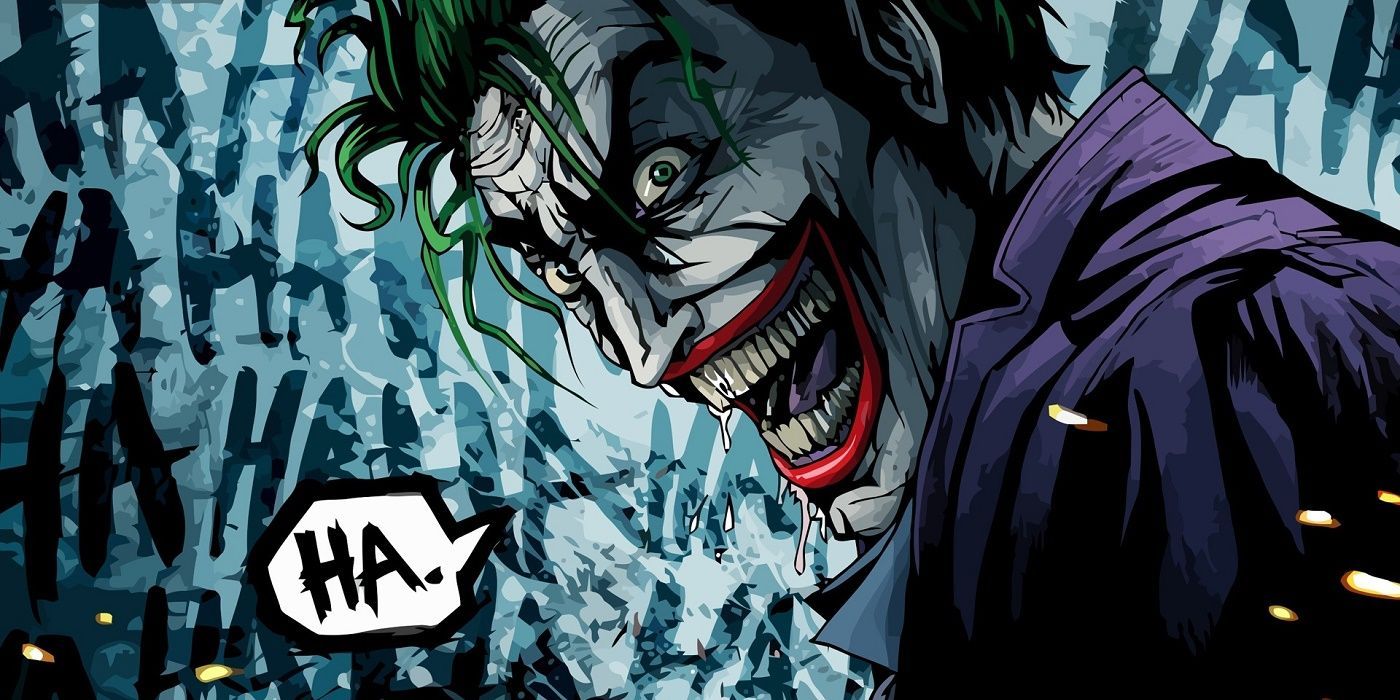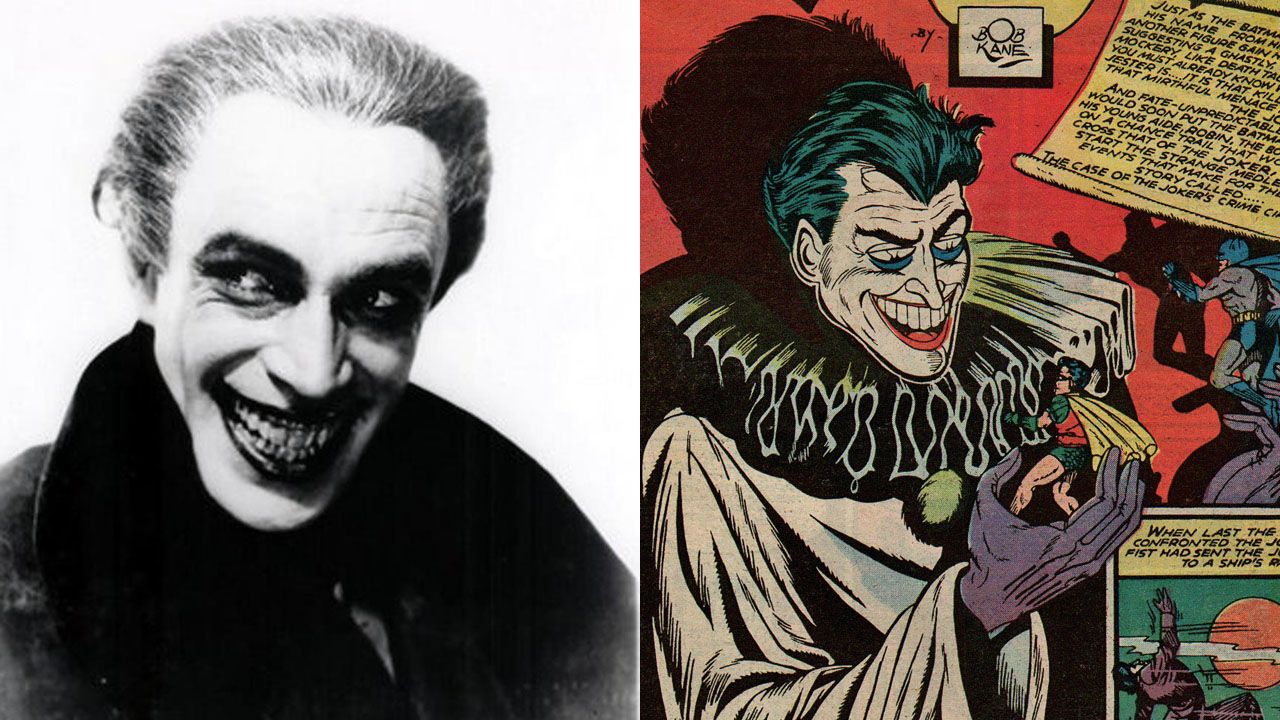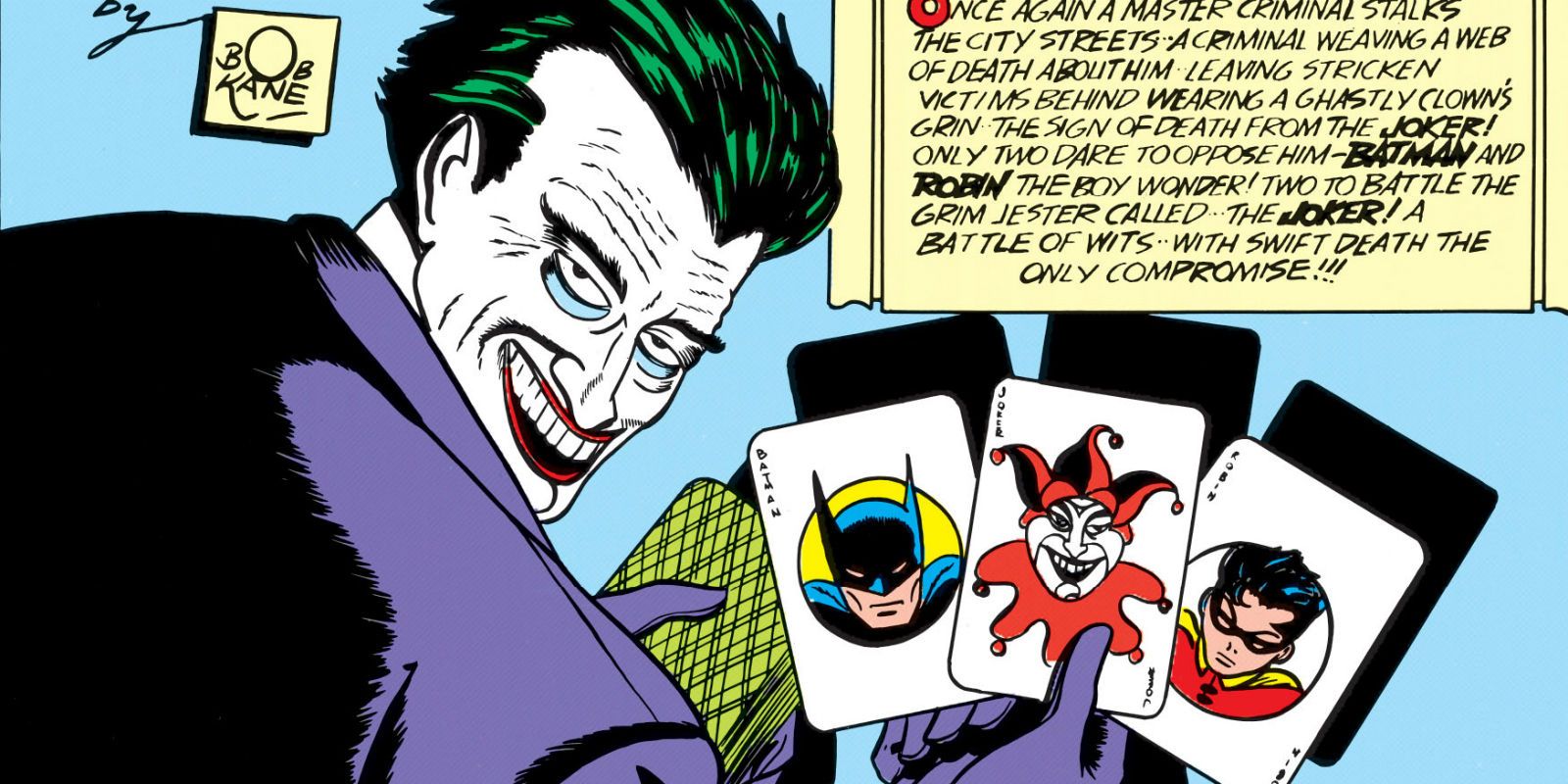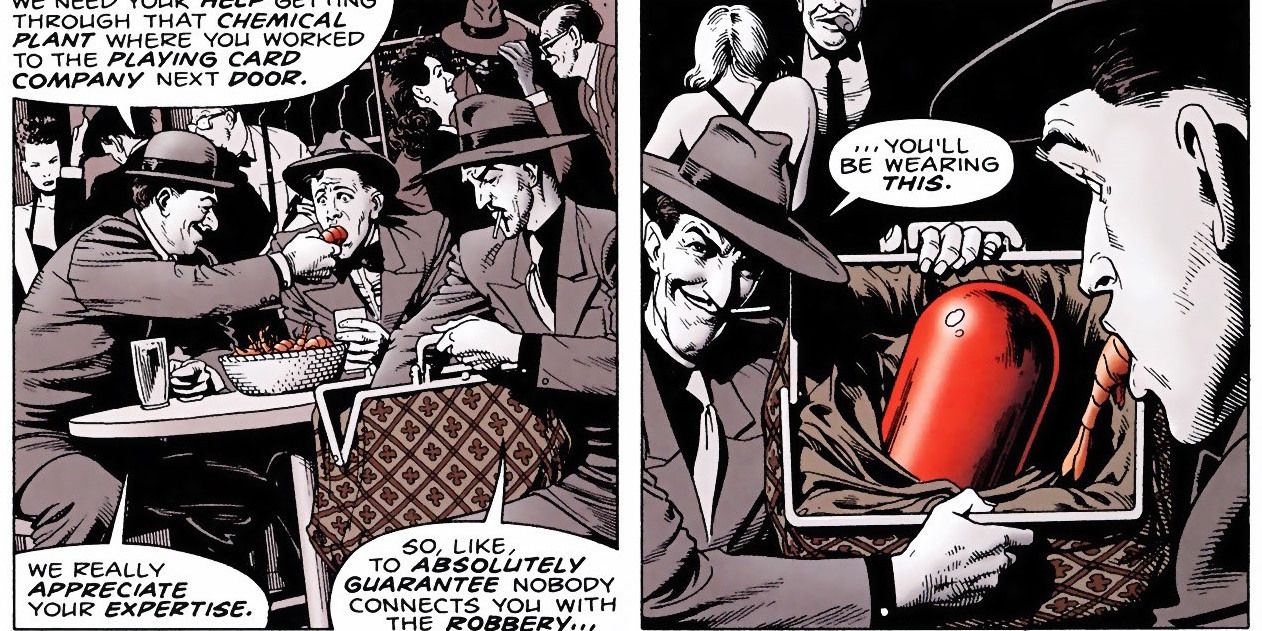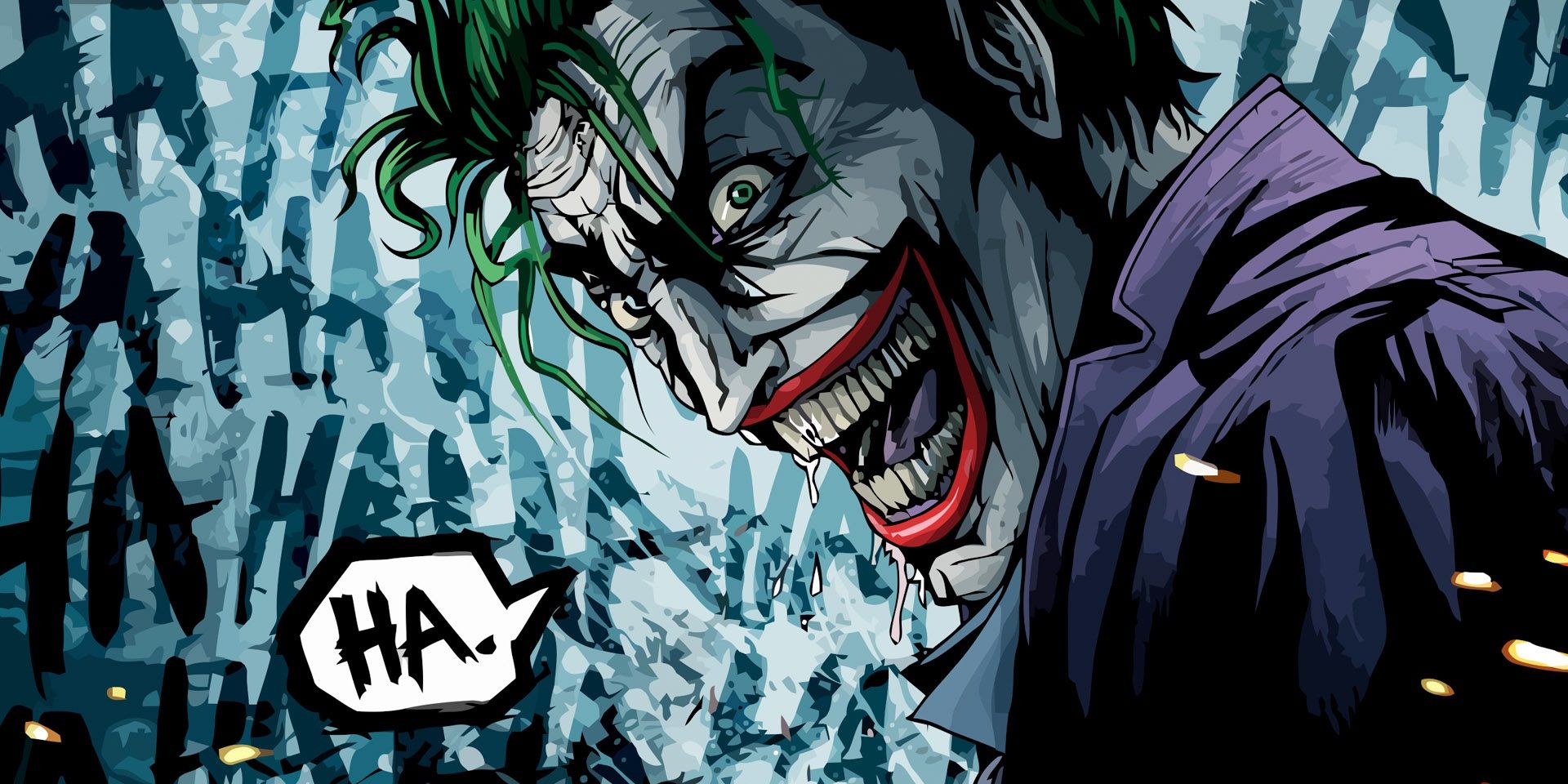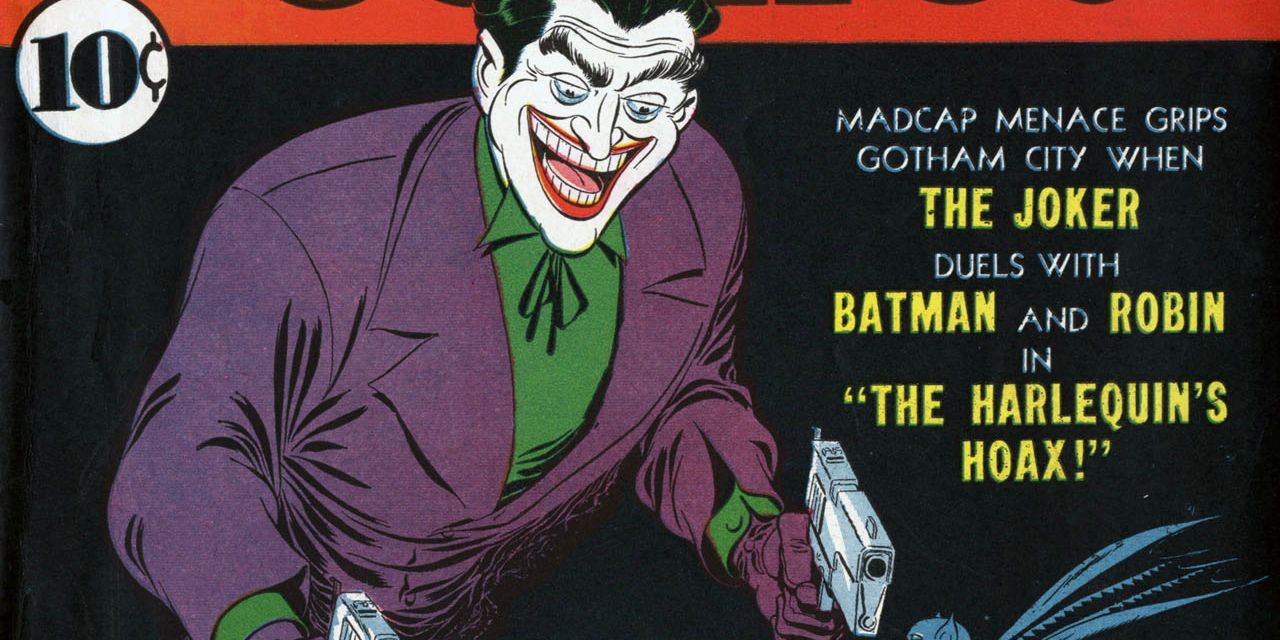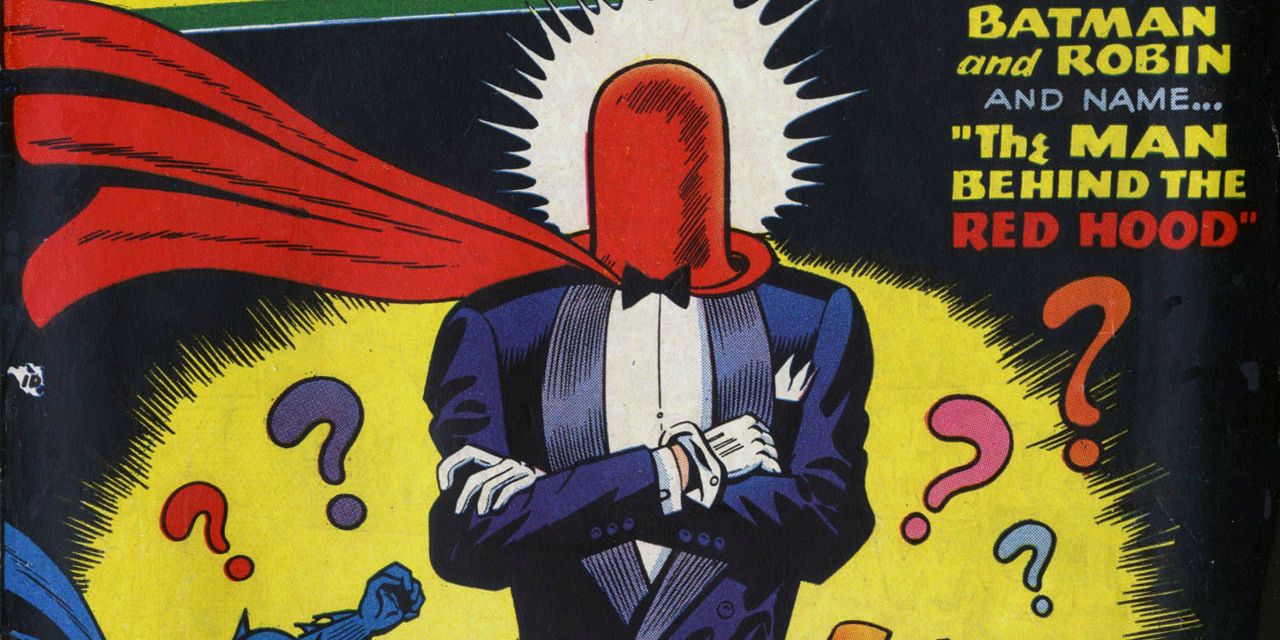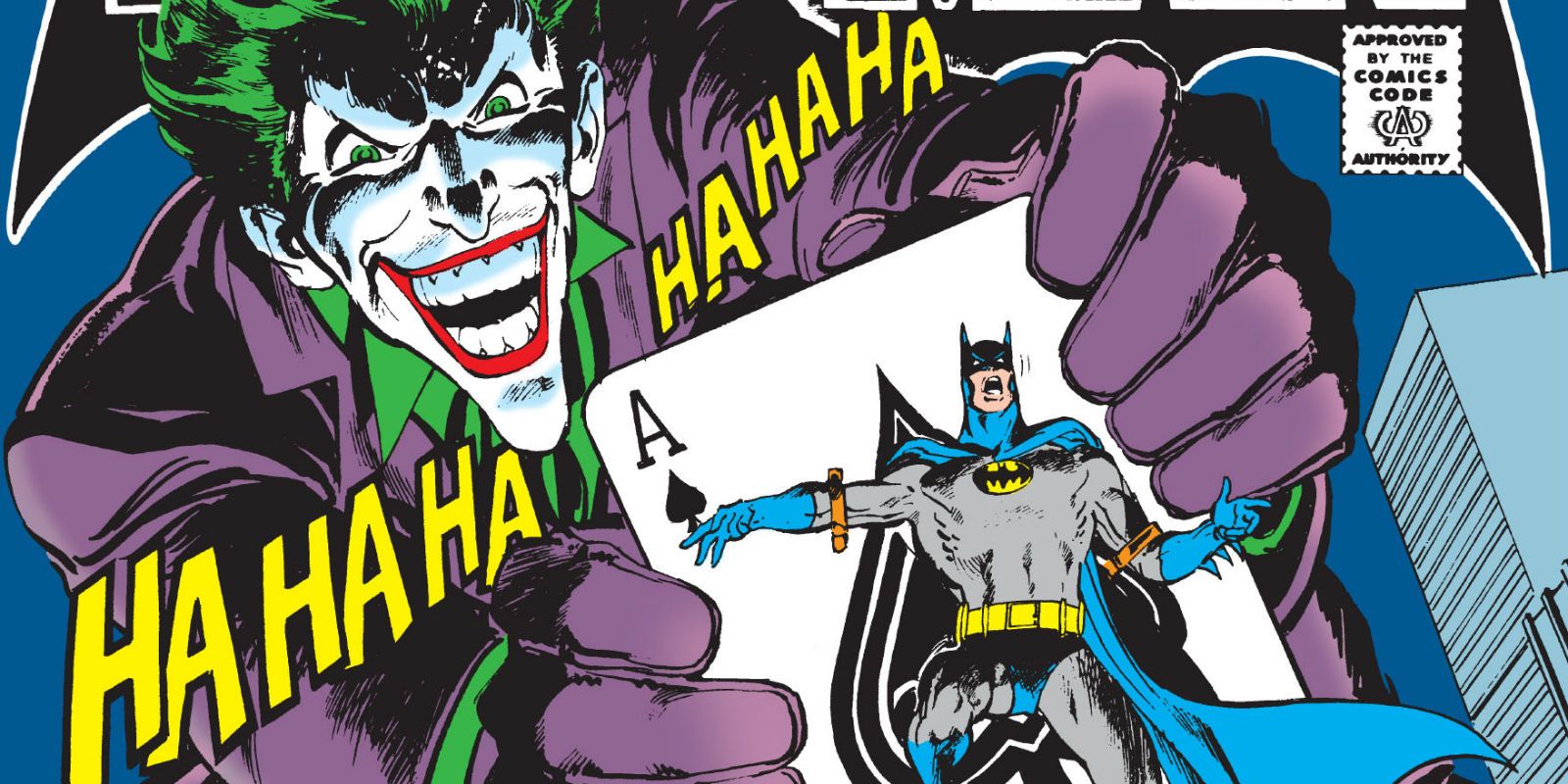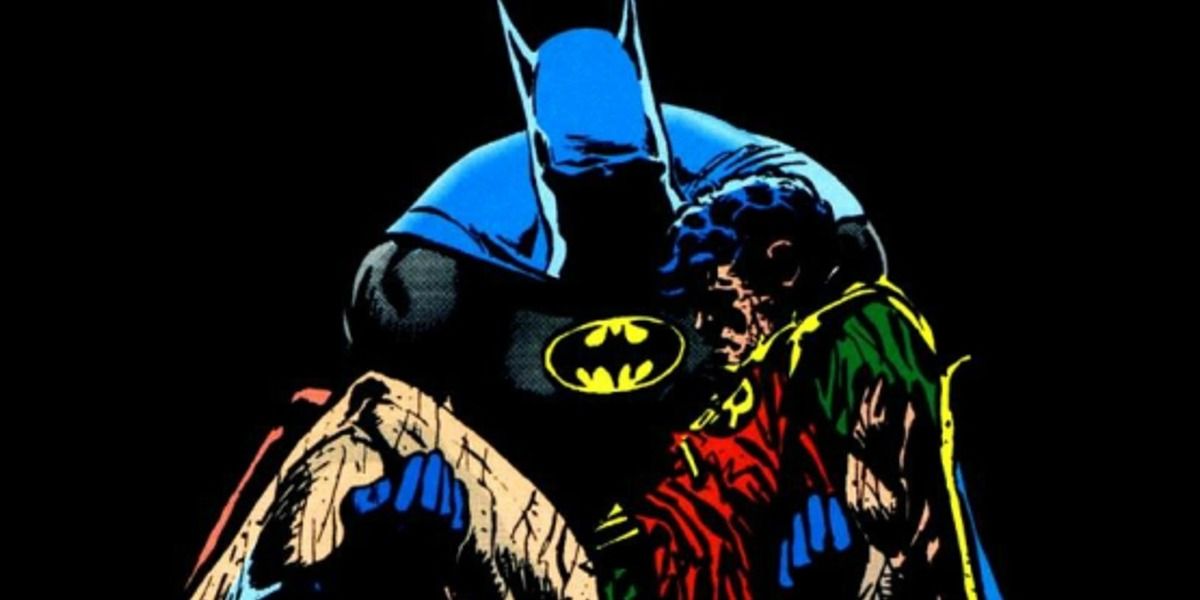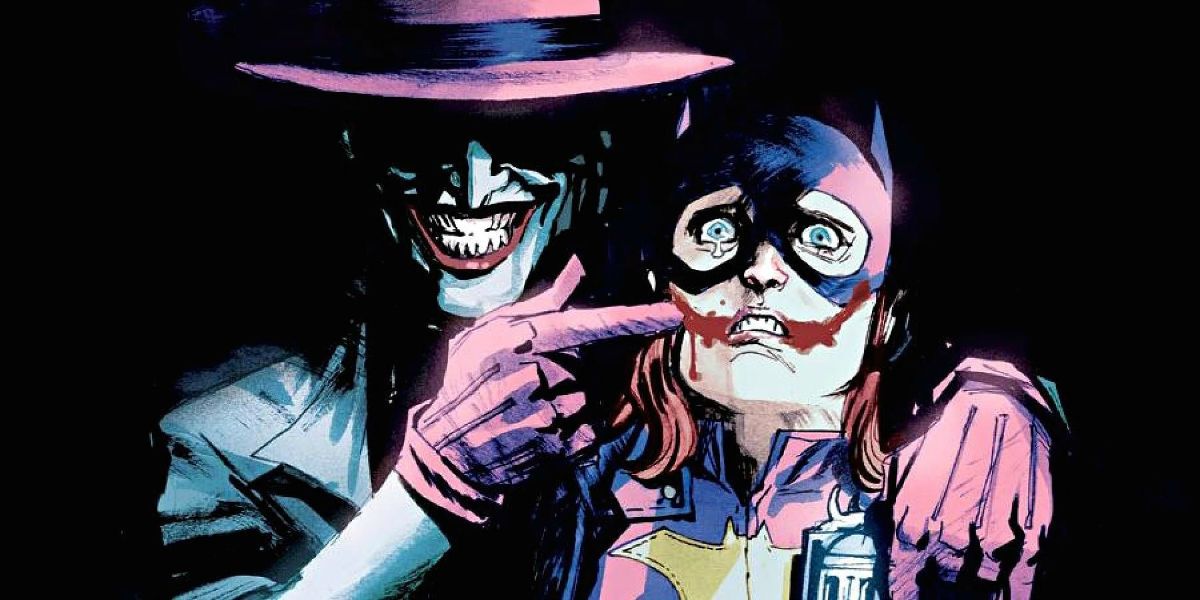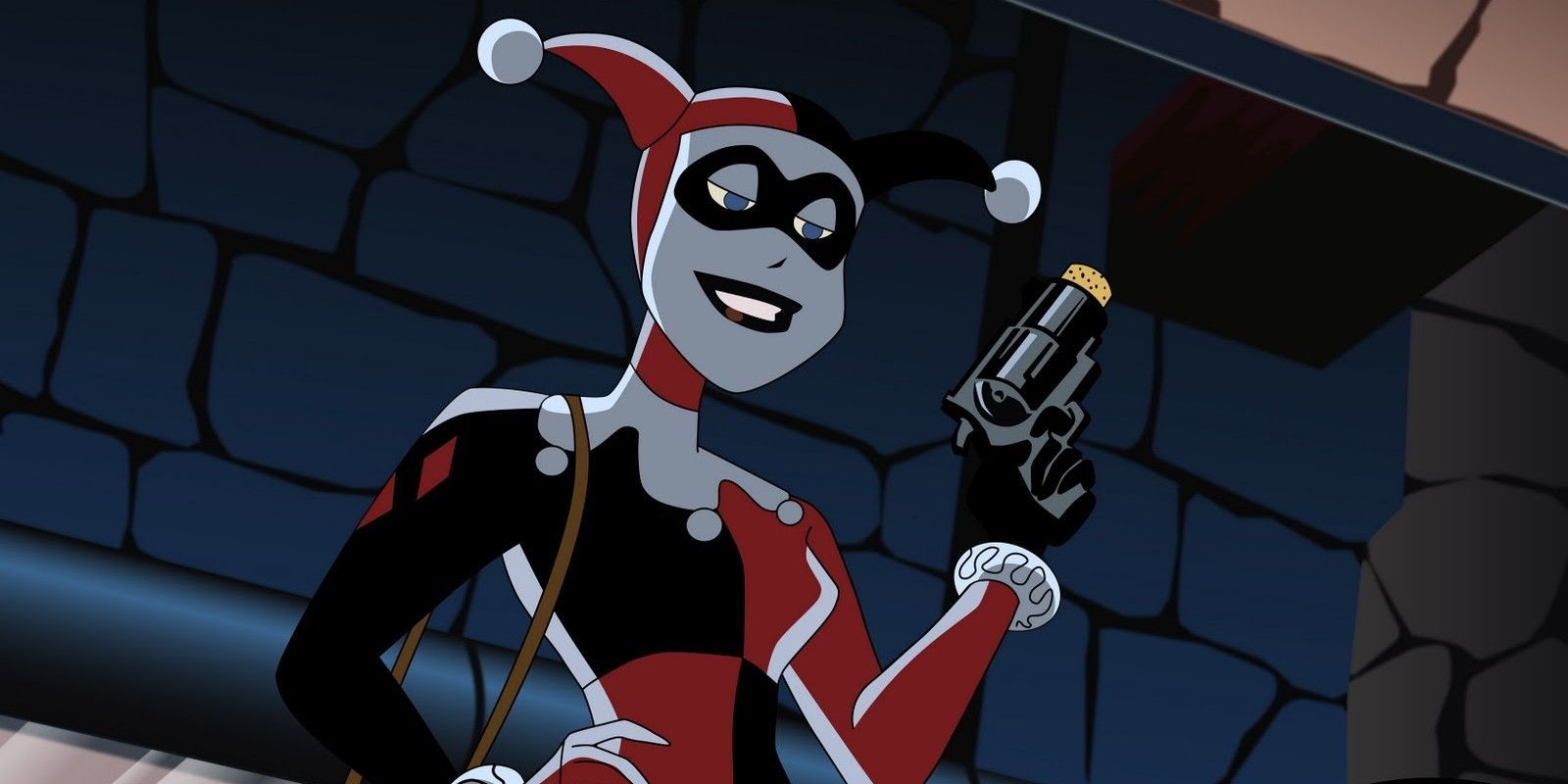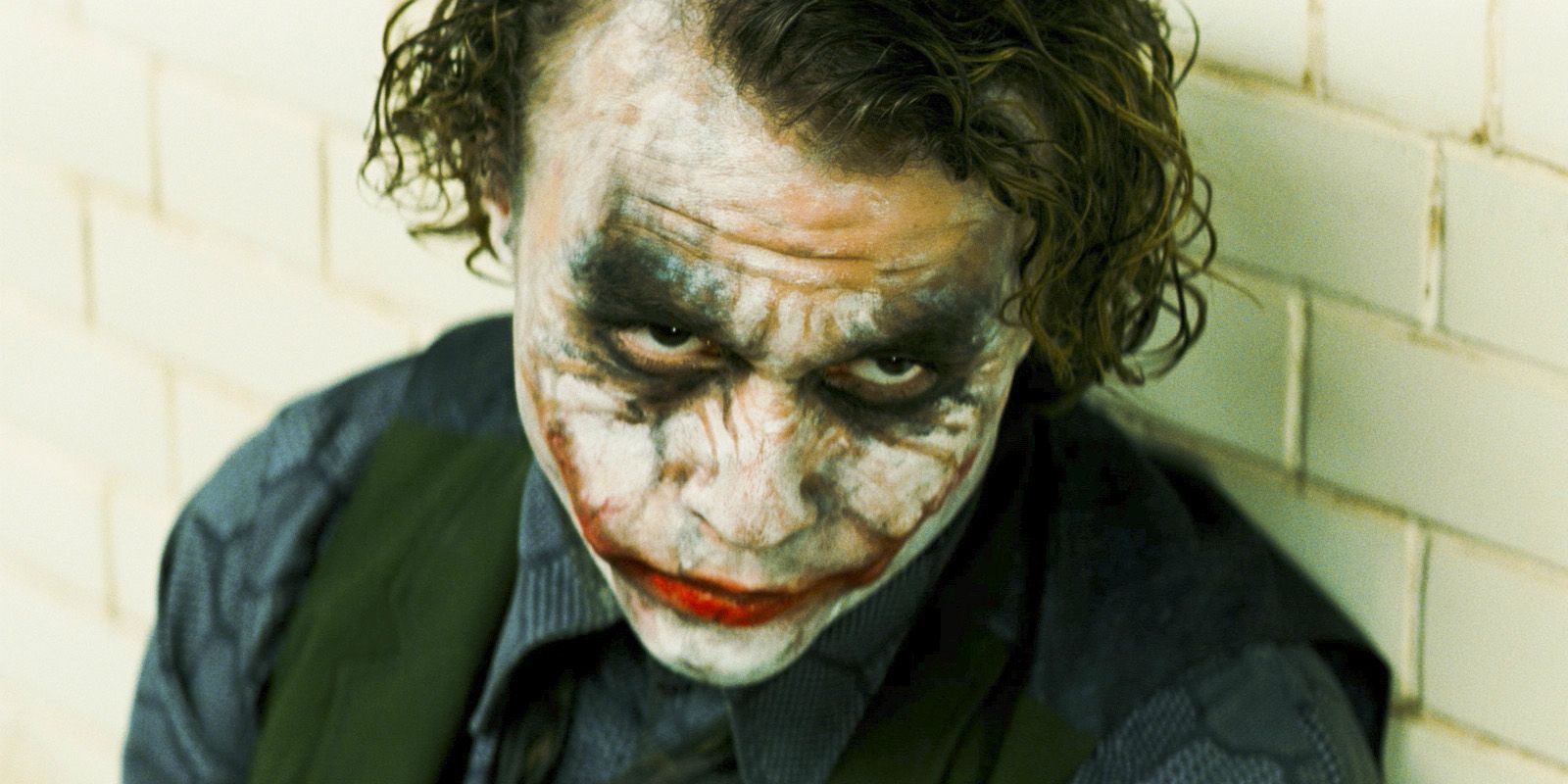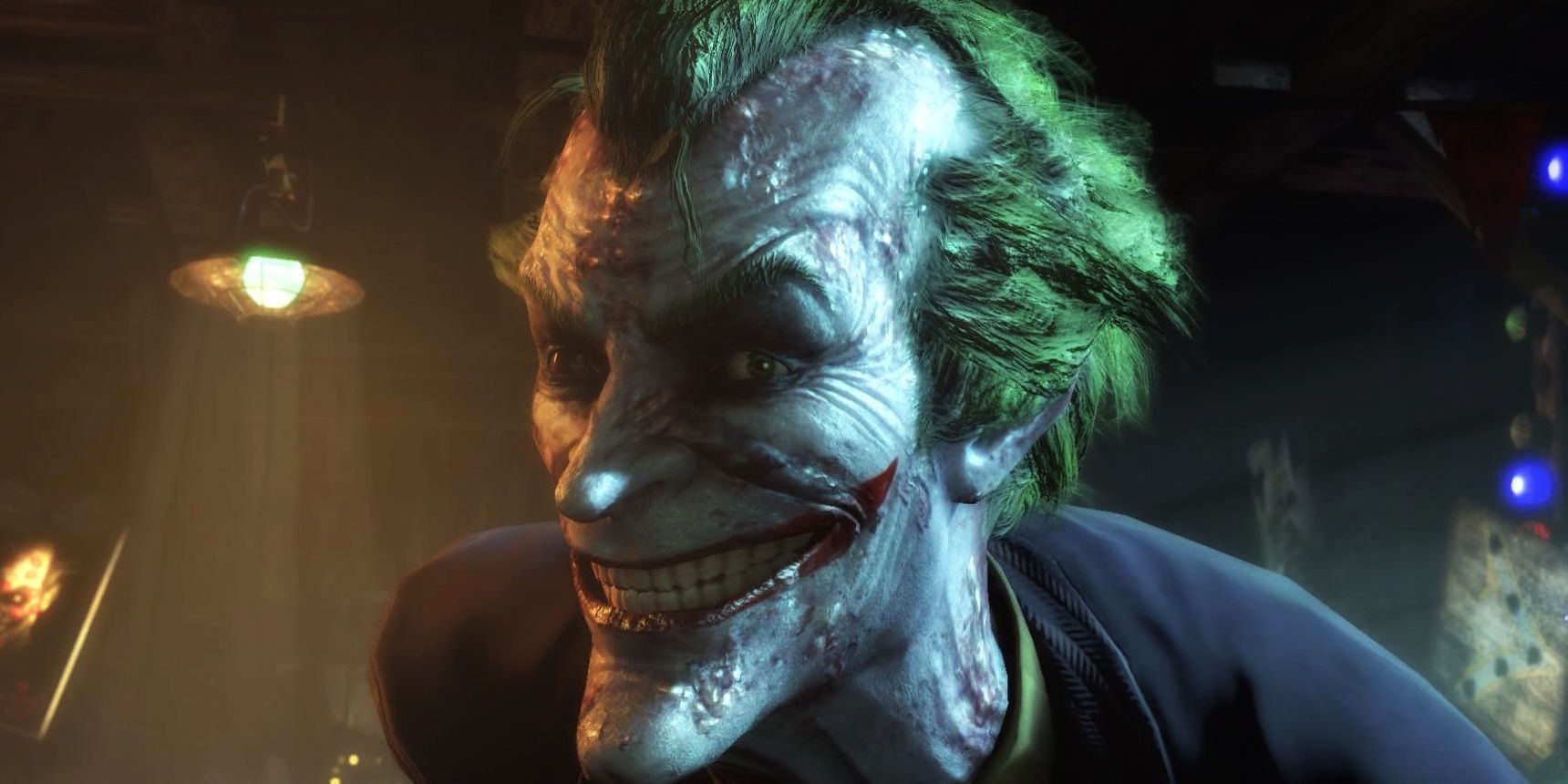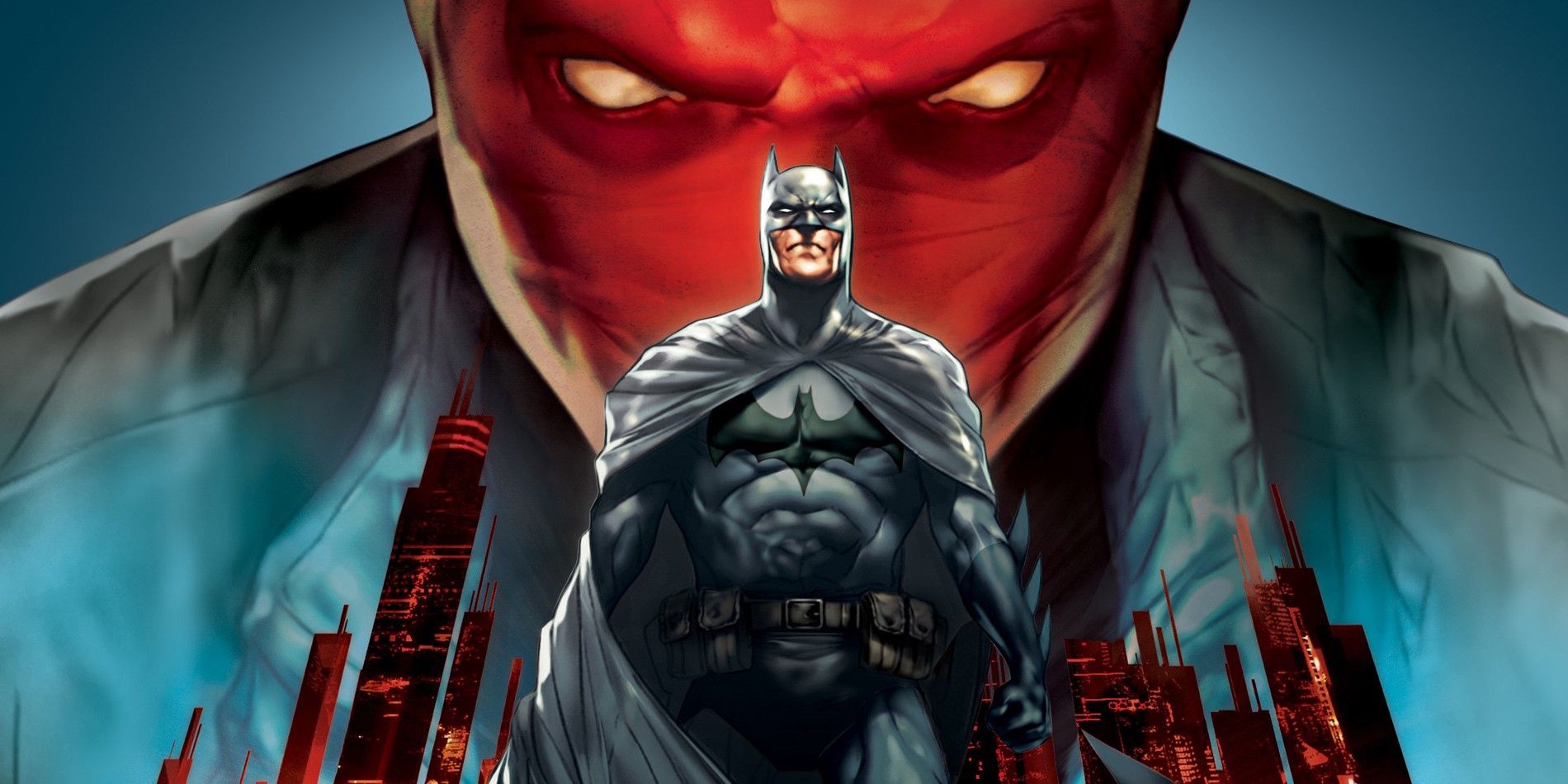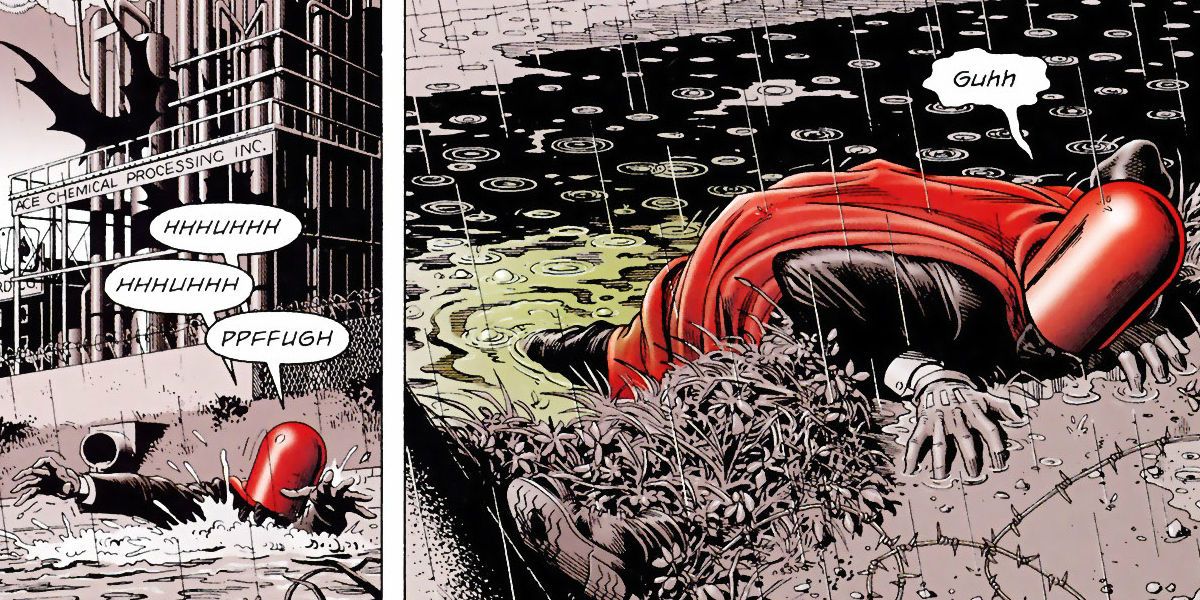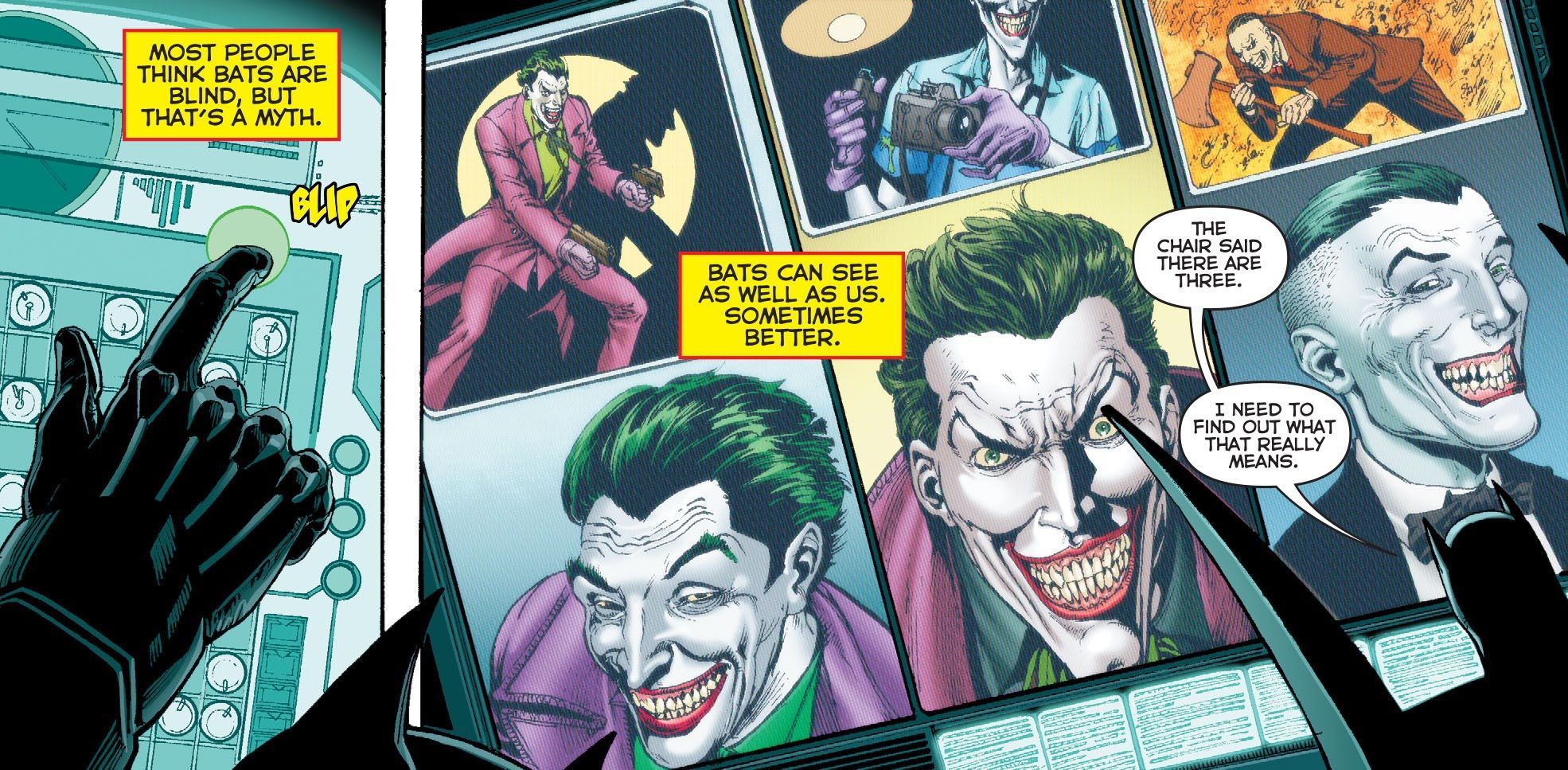Everyone knows who Batman is, and everyone knows who The Joker is; that is because the rivalry between The Joker and Batman is the most iconic supervillain/superhero match-up in comic book history. Interestingly, he is also the most feared supervillain within the DC Universe - other supervillains tell each other Joker stories around the proverbial campfire.
The Joker was ideated by Batman creators Bob Kane and Bill Finger (who was only recently given the credit he deserves), as well as artist Jerry Robinson in 1940, meaning he has been around practically just as long as The Dark Knight himself - over 75 years! Known for his unusual appearance, his outlandish crimes, and his unique relationship with Batman, The Joker is one of the most obscure characters in the DC Universe. His lack of a definitive origin story plagues even him.
The fact is, the Clown Prince of Crime has influenced the comic book industry and pop culture more than anyone realizes. And he is scheduled to make his debut in Warner Bros.' DC Extended Universe next month with David Ayer's Suicide Squad. So, now is the perfect time to brush up on The Complete History Of The Joker.
15. Concept
The Joker is easily one of the most recognizable characters in comic book history. His elongated smile, his stark-white skin, and his often slicked back green hair are all identifying characteristics of the Clown Prince of Crime. But how did he come to be designed in such a peculiar way, especially in a time when there were little to no supervillains, let alone supervillain clowns?
The concept for the character was based on a Joker card sketch by co-creator Jerry Robinson; however, it was Conrad Veidt's character Gwynplaine from the 1928 film The Man Who Laughs that is credited with being the primary inspiration for the Joker's design, notably the character's perpetual grin.
Co-creator Bob Kane confirmed the inspiration in a 1994 interview with journalist and fellow comic writer Frank Lovece: "[The Joker] looks like Conrad Veidt — you know, the actor in The Man Who Laughs, by Victor Hugo. Finger had a book with a photograph of Conrad Veidt and showed it to me and said, ‘Here’s the Joker.’"
14. First Appearance
Batman made his debut in Detective Comics #27 in 1939; however, due to overwhelming popularity, The Dark Knight received his own title series in April 1940, co-starring the Boy Wonder, Robin. The first issue, Batman #1, made a number of introductions into the Batman lore, including Catwoman (then known as The Cat) and Joker, two characters who've gone on to became staples in The Dark Knight's pantheon. Batman's first encounter with The Joker proved how deadly the supervillain would be, for he had set the infamous Joker toxin loose across Gotham.
Kane and Finger originally planned on killing The Joker in his debut issue, with the Killer Clown accidentally stabbing himself in the chest, but a veto by then-editor Whitney Ellsworth saved the villain (a last-minute panel was made revealing The Joker's survival). The veto was a fortuitous moment for the character, without which the Clown Prince of Crime would never have become Batman's arch-nemesis, and The Dark Knight's nearly 80-year history would be fundamentally different.
13. Origin
The Joker's origin is the biggest mystery in all of comic books, having never been given a full, definitive origin story. However, that is not to say some writers haven't tried their hand at it. Batman fans widely accept Alan Moore's acclaimed graphic novel Batman: The Killing Joke to feature the Joker's likely origin story.
In the novel, we are given flashbacks of The Joker, a one-time failed comedian who turned to a life of crime as the Red Hood in order to support his pregnant wife. Unfortunately, due to a run-in with Batman, the Red Hood leaped into a chemical vat to escape, thereby disfiguring himself. Combined with the death of his wife, he was driven insane, effectively becoming The Joker.
The thing is, even The Joker does not know his own origin story, having famously said in The Killing Joke: "Sometimes I remember it one way, sometimes another... if I'm going to have a past, I prefer it to be multiple choice! HA HA HA!" While no one knows The Joker's real name, it is widely believed to be Jack Napier, a name appearing in Tim Burton's Batman movie as well as Batman: The Animated Series.
12. Appearance
The Joker is known for many things, but his unique visual features are unquestionably his red lips, his green hair, and his stark white skin, all of which he acquired as a result of diving into a basin of chemicals at the Ace Chemical Plant in Gotham City attempting to evade Batman.
While those three things are The Joker's unique characteristics, what he is truly known for is his perpetual smile. The Joker suffers from what is referred to as the rictus grin, an abnormal sustained spasm in the facial muscles that generates permanent grinning.
The story of the Red Hood's daring escape is revealed in the story arc The Man Behind the Red Hood, although that initial encounter Batman has with the man who would later become The Joker occurred ten years prior to the comic's story. Furthermore, in addition to his visual characteristics, The Joker generally wears a purple three-piece suit with a long-tailed jacket and striped pants.
11. Golden Age
As previously mentioned, The Joker made his debut in Batman #1 in April 1940, an issue in which he killed several people utilizing his trademark Joker venom, a toxin that not only kills its victims but also leaves them with a lasting smile, echoing The Joker's own smile. Despite stabbing himself in the chest at the end of the issue, The Joker survived and lived to terrorize Batman and Robin again. Following his debut issue, Joker appeared in the majority of Batman's first comics, often killing dozens of people and eluding capture. However, when Batman and Robin did manage to apprehend the Clown Prince of Crime, he would often, of course, escape, as The Joker is known for doing.
When DC Comics introduced the multiverse, the world the Golden Age characters inhabited became known as Earth-Two and, as with the rest of the multiverse, merged into a singular Earth during the acclaimed story arc Crisis on Infinite Earths. The Golden Age Joker went on his final killing spree in the Earth-Two continuity when Bruce Wayne was killed and subsequently revealed to be the Batman. Driven mad with the possibility that his mortal enemy was gone, Joker went on a killing spree across Gotham, hoping the Batman would turn up - and he did, but, it turns out, Dick Grayson was in the suit.
10. Silver Age
The Silver Age of Comics marked a fundamental transformation for The Joker, due to the Comics Code of Authority disproving of further extreme violence - which they believed was the root of juvenile delinquency (a notion that has plagued the video game industry in recent years). With this change, a new Jester was born, one that became wackier and more of a nuisance. Instead of pursuing his purpose of killing The Dark Knight, The Joker only wanted to toy with him.
However, it was not all bad. In fact, it is during the Silver Age that some of The Joker's defining characteristics were first introduced, such as his elaborate pranks, trick guns, and deadly joy buzzers. Additionally, the character's enduring mystery forced writer Bill Finger to give the character an origin story. As previously mentioned, The Joker went by the alias of Red Hood and, during an altercation with the Batman on a catwalk, jumped into a chemical vat, consequently disfiguring himself.
9. Bronze Age
Following a short hiatus in the late 60s/early 70s, writer Dennis O'Neil and artist Neal Adams revived The Joker during the Bronze Age of Comics, taking the iconic supervillain back to his origins as a homicidal lunatic. As a murderous villain, the Joker's insanity ultimately drove him to be found legally insane and was then committed to Arkham Asylum, rather than being sent to prison.
In the height of the Bronze Age, from 1975 to 1976, DC Comics ran an ongoing series titled The Joker, in which the eponymous Clown Prince of Crime would be matched with a new hero in each issue. Unfortunately, due to restrictions by the Comics Code of Authority, virtually every issue saw the Joker apprehended by its respected hero, thus leading to declining interest in the series. The Joker was canceled after only nine issues but lived on to become one of the most sought after series by comic collectors.
Additionally, writer Steve Englehart revamped The Joker's insanity, making it a defining characteristic of the character, with penciler Marshall Rogers expanding on The Joker's late-Silver Age/early-Bronze Age look, providing him an elongated jaw and a trench coat.
8. Modern Age
The effects of DC Comics' massive crossover event Crisis on Infinite Earths ushered in a new era of comics, the Modern Age (colloquially referred to as the Dark Age). With this new age came a revised take on Batman, which trickled down to The Joker. It is during the Modern Age of Comics that some of the character's defining stories were written (in addition to the aforementioned The Killing Joke).
One story, Frank Miller's The Dark Knight Returns, re-imagined an older, belligerent Batman - 10 years after the death of Jason Todd (more on this later) - who comes out of retirement to finish off his enemies, ultimately ending with the death of The Joker. The story reshaped the comic book industry when it was published in 1986, and has been a heavy influence on movies such as The Dark Knight Rises and Batman v Superman: Dawn of Justice.
Another story, Batman: A Death in the Family, told the death of Jason Todd, the second Robin, at the hands of The Joker. It was the first time the Clown Prince of Crime had killed a core member of the Batman pantheon, thus permanently altering the Batman comics. As a result, The Joker was no longer only terrorizing the public but rather provided an intimate story arc with the Bat-family.
7. Impact on the Bat-family
The Joker has obviously made a lasting impression on the Dark Knight himself, someone he has failed in killing, but the Clown Prince of Crime has also made a drastic impact on the Batman pantheon.
In the late 80s, DC Comics fans had grown tired of Jason Todd and wanted to see the character revamped. However, instead of modifying him, the publisher took inspiration from Miller's The Dark Knight Returns and opted to kill off the character. Rather than decide themselves, DC Comics opened two hotlines and asked readers to vote on whether Jason Todd should live or die. Out of 10,000 votes, Todd was killed off by a narrow 72-vote spread. In the aforementioned Batman: A Death in the Family, The Joker kidnapped Robin and took him to an abandoned warehouse where The Joker ruthlessly beat him with a crowbar; however, it was the explosives that ended up killing him and his mother.
Additionally, in The Killing Joke, the Killer Clown mercilessly shoots Commissioner Gordon's daughter, Barbara Gordon (who was then known as Batgirl), thereby rendering her paraplegic. While many stories were altered or erased in The New 52 reboot, The Killing Joke is one of the few defining arcs that remained intact.
6. Joker Family
Although the Joker tends to work alongside other members of Batman's rogues gallery, such as Scarecrow, Penguin, and Two-Face, there are only two characters who are part of a so-called Joker family: Harley Quinn and Joker's Daughter.
Harley Quinn (real name Dr. Harleen Quinzel) famously appeared in the 1992 Batman: The Animated Series before making her way into the comics in The Batman Adventures #12 a year later in September 1993. As Joker's psychiatrist at Arkham Asylum, Dr. Quinzel developed an infatuation for the insane villain, inevitably helping him escape. Though when Joker returns to Arkham, the sight of him bruised drives her mad, consequently turning her into Harley Quinn (who frequently dresses in a harlequin costume). The character is known for being a frequent lover and sidekick of The Joker's, and will be making her live-action debut in David Ayer's Suicide Squad, played by Margot Robbie.
If there is one character who is as confused about her past as The Joker, it's Duela Dent, who was initially introduced in a 1976 issue of Batman Family as Joker's Daughter, though her lineage was later proven to be false. She went on to claim she was the daughter of Scarecrow, Catwoman, Penguin, Riddler, and, eventually, Harvey Dent. She is a former member of the Suicide Squad and Teen Titans as well as Titans East.
5. Impact on Comics & Pop Culture
Long before Heath Ledger graced the big screen as The Joker in Christopher Nolan's The Dark Knight, the Clown Prince of Crime had already been influencing pop culture for decades. After all, he is widely recognized as being the world's first comic book supervillain, having been Batman's perennial enemy since the Dark Knight's debut title issue in 1940.
Psychologists such as Dr. Travis Langley have been studying heroes like Batman for years, but it was not until 2015, with The Joker: A Serious Study of the Clown Prince of Crime, that the first academic study of the supervillain was published. And why not? The Joker's antics, strategies, and even quotes have inspired other supervillains over the years.
For instance, though not a villain, it stands to reason that The Punisher's quote, "You're just one bad day away from being me," is a spin on The Joker's quote from The Killing Joke: "All it takes is one bad day to reduce the sanest man alive to lunacy." The Joker has influenced all corners of the comic book industry, and will continue to do so for years to come.
4. In Other Media
Being The Dark Knight's arch-nemesis, The Joker has appeared in virtually every one of Batman's adaptations, from television to movies to video games (spanning over 250 productions). Although he has been voiced and played by dozens of actors over the years, only a handful are known for a making a mark on the Jester.
Cesar Romero portrayed the first live-action Joker in the famed 1966 Batman TV series, followed by Jack Nicholson portraying the first theatrical live-action Joker in Tim Burton's Batman movie. Heath Ledger famously played the Clown Prince of Crime in Nolan's The Dark Knight (for which he posthumously won an Academy Award for Best Supporting Actor). Jared Leto will make his debut as the fourth live-action Joker in David Ayer's upcoming Suicide Squad.
While there have been a handful of live-action Jokers over the years, there have also been numerous animated Jokers, voiced by actors such as Mark Hamill (who will be reprising his role in this summer's R-rated animated movie Batman: The Killing Joke) and Troy Baker, among many, many others. Additionally, the Joker has appeared in several video games, notably Injustice: Gods Among Us, DC: Universe Online, and Rocksteady's Arkham series.
3. Major Story Arcs
Despite being prominently featured during the Golden and Silver Ages, it was in the Bronze and Modern Ages that The Joker's best stories were written.
In addition to the aforementioned stories, The Joker has appeared in several defining Batman comics, notably Jordan Gorfinkel's Batman: No Man's Land, in which Joker murders Commissioner Gordon's second wife, Sarah Essen Gordon, and Gordon retaliates by paralyzing him; Judd Winick's Under the Hood, in which a revived Jason Todd returns to Gotham City, attempting to force Batman to avenge his death by killing The Joker; and Scott Snyder's Batman: Death of the Family, in which Joker reveals he knows the secret identities of the Bat-family and proceeds to torment them.
Other essential Joker stories that present key elements about the character include Dennis O'Neil's The Joker's Five-Way Revenge, Steve Englehart's The Laughing Fish, Ed Brubaker's Batman: The Man Who Laughs, and the newly-released Rebirth series which revealed that there are, in fact, three Jokers!
2. Fan Theories
The lack of a definitive origin story has led to countless fan theories regarding The Joker's origin, his name, and even his existence. While each live-action Joker has his own set of theories, the comic book version of the character is littered with peculiar ideas, such as the Agent of Chaos being unable to die. In virtually all of his stories (except The Dark Knight Returns, which takes place in an alternate universe), Joker scarcely avoids death. One fan theorizes this is because the chemical vat Joker fell into in The Killing Joke altered did more than alter his appearance, but also turned him into a metahuman, thus making him immortal.
Another theory suggests that The Joker does, in fact, know he is in a comic book, which is why, on occasion, he has broken the fourth wall and talked directly to the reader (though it is not like how Deadpool does it). Perhaps the most intriguing fan theory suggests The Joker actually has a superpower. Despite pulling off elaborate crimes, The Joker rarely ever makes a plan. So, then, how is it that his convoluted schemes almost always work, and he can avoid dying? One fan believes it is because The Joker has a natural propensity for impeccable timing. While many of these theories are unlikely to be true, many of them are compelling enough to warrant further discussion.
1. Future of the Joker
While the Bronze and Modern Ages had some particularly intriguing stories for Joker fans, perhaps the most defining stories are still to come.
Towards the tail-end of The New 52 reboot, Batman temporarily became a god when he sat upon the Mobius Chair during the Darkseid War and asked the all-knowing device what The Joker's true name is. Unfortunately, readers were not privy to the chair's answer, and it was not until DC: Rebirth #1 that DC Comics reveals what the chair told Batman - that there are three Jokers. Rather than solving the mystery of The Joker's name, the publisher instead piled onto the character's perplexity. It is a mystery Batman is looking to solve in his upcoming Rebirth comics.
On the other hand, with Jared Leto scheduled to make his debut as The Joker in David Ayer's Suicide Squad, this marks the first time the character will be a part of a larger, extended DC Universe. The possibilities for adapting stories such as Injustice: Gods Among Us is exciting, to say the least, with the character being the cause for several universe-altering stories.
Suicide Squad opens in U.S. theaters on August 5, 2016

